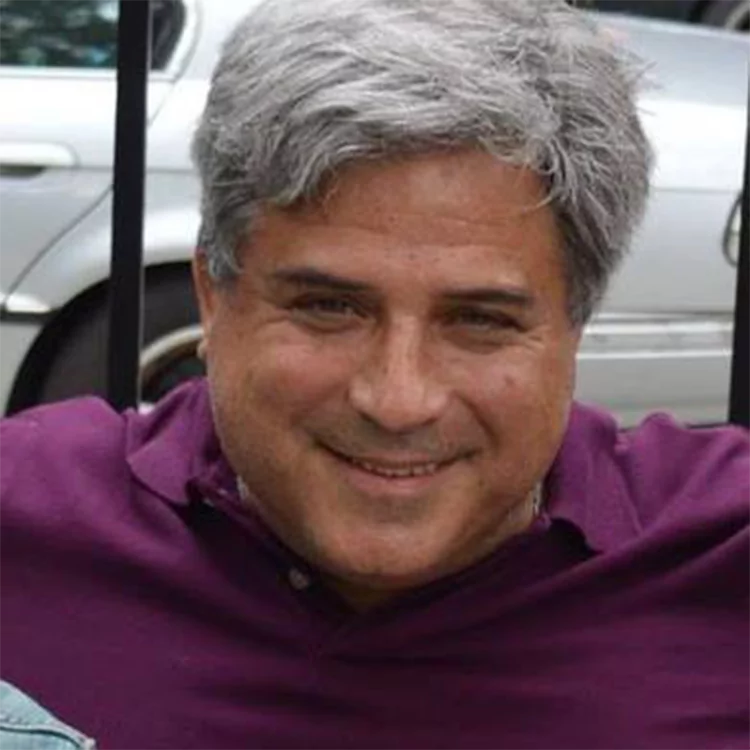Legacy Post Disclaimer
This is a #Legacy post imported from The Apalachicola Time’s previous platform. If you’re experiencing issues with this article, please email us at news@nevespublishing.com.
Under new management
After being largely shuttered dating back to the start of the 2020 coronavirus pandemic,the Apalachicola Center for History, Cultural and the Arts is about to reopen, after city commissioners last week approved a management deal with a newly created African American non-profit.
Commissioners voted unanimously at a special meeting Oct. 11 to back a one-year lease by the North Florida African-American Corridor Project, Inc. at a nominal cost of $10 annually to operate the HCA.
The deal met with enthusiastic support by commissioners, with their only concern over how long a time period the NFAACP would have to vacate the premises in the event it parted ways with the city.
Apalachicola resident Bonnie Davis, who handled the legal work on the contract with City Attorney Dan Hartman, asked for 120 days while the city attorney sought 60.
“If the deal flounders we’ll start looking,” said Davis. “Our logic is if the deal falls apart, we will have to find someplace else to go, and if there aren’t that many venues, we would have to look around to find a place.
“Ninety days would be a compromise but we’d like to have 120,” she said. “Sixty days would be a push.”
The commissioners each said they would support 120 days as the period granted to vacate the building.
The NFAACP will not be required to pay for utilities during the first year but may be asked to contribute in the years granted after that. “Let them get a year under their belt before we get into that,” said Davis.
Willie Tolliver, a retired New York City social work professor who now lives full-time in Apalachicola, where he was born and raised, spoke on behalf of the NFAACP, noting that plans are to bring in an exhibit on Fort Gadsden, the so-called “Negro Fort,” from the University of West Florida in Pensacola in time for the Nov. 4-5 Florida Seafood Festival.
The NFAACP also plans to have New York City-based documentary filmmaker Marcia Smith, whose family has deep roots in Apalachicola, install the pop-up exhibit on the Hill neighborhood that she created in 2020.
Smith is a member of the NFAACP’s board of directors (see sidebar), which will also serve as the board governing the HCA.
State grant to help fund Hill museum
The deal marks a giant step forward from the NFAACP, which was incorporated in 2020 after Florida A & M University architecture professor Andrew Chin worked closely with FAMU extension agent Dreamal Worthen, and Apalachicola resident Myrtis Wynn to draw on the success of Smith’s pop-up exhibit, which charted properties on the Hill which African Americans owned and lived, to create a long-time vision.
“They became interested in what could be done in Apalachicola, to support them in telling the story about the fact that the Black community thrived during segregation,” said Tolliver.
“During the period from emancipation up through 1968, when African African communities were segregated by law, people of African American descent had to create their own economies, (and not be) dependent on the whimsical natures of whatever would happen,” he said. “One way of stabilizing Black life was to fill within segregated spaces the reality people had to take.”
By May 2020, the “corridor” project had been incorporated by the state, so named because the concept is to eventually look broadly at connections with Black communities in Gulf, Gadsden and neighboring communities – all woven together by business, education and family connections, such as Money Bayou beach on Cape San Blas, which was transformed in the early 1950s by five Port St. Joe businessman in a thriving beach resort.
By the end of 2021, Chin and Smith had landed a three-year $500,000 Apalachicola Cultural Planning grant from the Mellon Foundation, to be administered under the auspices of FAMU.
The grant’s purpose is to support “cultural asset mapping, public art programs, art and design residencies, and community-based planning.” In addition, the state of Florida’s historical resources division awarded the city a $1 million grant, with a cash match of $250,000 from the city, which would go towards the creation of a museum on the garden site adjacent to the Holy Family Center at Avenue K and Dr. Frederick Humphries Street.
“That Mellon grant did not anticipate something like that until three years later,” Tolliver said.
Relying on FAMU’s experience in administering grants, “the Mellon representatives wanted to make sure the funds would be used to develop us as a reputable organization. We have to demonstrate that we can handle money and this kind of managerial responsibility.”
Which is why the HCA management deal is in keeping with the eventual development of the Hill museum.
“We now find ourselves in a wonderful position,” Tolliver said.
Celebrating ‘the superheroes of Apalachicola’
The lease agreement calls for the HCA to be operated “for public, educational and cultural purposes consistent with the Florida Communities Trust plan,” and the NFAACP is committed to bringing that to life, for the entire community.
“Consider the title of the building, the city of Apalachicola Center for History, Culture and the Arts,” Tolliver said. “Does that mean it’s just for white people? I don’t think so. I think it means exactly what’s been stated, and people of African descent are part of Apalachicola’s history, culture and arts. I think using that space to celebrate all of Apalachicola is the mission of that space.”
While the management plan calls for exhibits to be free and open to the public, the Mellon grant has no funding for paying staff, so the HCA board is at work to develop a structure to create an exhibit manager position, and is asking the Tourist Development Council to fund it, in much the same way the TDC pays to staff the Raney House and other museums.
Tolliver said he foresees a continuation of use of the building by the January Oyster Cookoff, an annual fundraiser for the fire department, and other children’s activities of the sort that flourished in pre-pandemic times.
“The building is sitting empty, not being used at all since November 2021, and it’s a beautiful building,” he said. “It doesn’t make sense for that building to be empty.”
The HCA is undergoing some rehab work in the near future, so it will be closed for a while. Once it is fully flourishing, Tolliver and his fellow board members envision a broadening of the uses of the exhibit space to focus on the working lives and community history that shaped the people of Apalachicola.
“I would love to see an exhibit on people who make their livings off the bay,” he said. “We’re coming to the entire community with something we want to commit to do for the Hill and this gives us an opportunity to select museum exhibits, to enrich our own life experiences.
“We will listen to the community. I’m a social worker; I want to know what people are interested in,” he said. “We want to find other exhibits that we can bring to Ap[alachicola that are low-cost or no-cost. We will also find funds that will permit us to go after exhibits that have historical, cultural and artistic meaning.”
In addition to possible film series, Tolliver said the Mellon grant has enabled the NFAACP to draw on the expertise of a world-class collection of artists and thinkers that will serve the HCA project well as it shapes its programming.
He said the board might even consider popular culture exhibits. “It might be something current, that makes use of the imaginaries of Apalachicola,” Tolliver said, then quickly adding, “we want to celebrate the superheroes of Apalachicola.”






I’m sure you’re considering an exhibit on the Negro Baseball League in Carrabelle. Thank you.